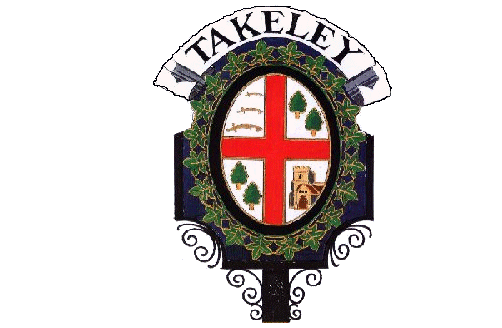|
1698 - 1783
Francis Bernard was born in Ireland in 1698 to a prominent Anglo Irish family that had settled there in the reign of Queen Elizabeth I. His father Francis was a Judge in the Court of Common Pleas in Dublin, & his mother was Alice Ludlow. He was one of six sons & one daughter, many of whom married into the aristocracy. Francis succeeded his father in 1731.
He was already MP for Clonakilty from 1725, & in 1766 he sat for Bandon near Cork. His marriage to Anne the daughter of Henry Earl of Shelburne took place in 1722, but she died after the death of their only son. Francis never re-married.
In these early years much of Bernard’s time, energy & money went into the improvements he made to Castle Bernard. The surrounding park land which measured four miles in circumference was enhanced with fountains, statues water gardens, cascades & jets d’eau. The river Bandon which flowed through the park had a wooded island placed midstream. Bernard also planted two long avenues of beech trees. One led to the front of the house from the western end of his estate. The other was to cause him great trouble & eventually led to him leaving Ireland for ever. According to contemporaries the park rivalled that at Windsor castle.
The second beech avenue led from the new front of the house to the church gate at Ballymodan. As this went over common land the townspeople objected & a long court case took place. Bernard eventually lost the case, & uprooted both avenues of beech trees & also himself, leaving for England.
He settled initially at Spring Gardens in London, but purchased the manor of Bassingbourne from the Kendall family in 1747. This was a period of very extravagant dress, but Bernard was said to be conspicuous even for the period. His clothes were studied with valuable jewels, adorning the ruffles & frills of Michelin lace the buckles of his shoes & the rapier hilt of his sword. He also travelled on the Continent before the French Revolution buying antiques & many objet d’art.
At Bassingbourne he was to enhance the gardens & apparently created an ornamental lake in front of the house. The front of the Elizabethan house was modernised & new additions added to both ends. No representation has as yet been discovered of the remodelled house, but it resembled Palace Anne the house owned by his Uncle Arthur Bernard on the banks of the River Bandon in Ireland. He probably never lived in the house after 1777 as it was rented to Sir Peter Parker who eventually purchased it from Bernard’s heirs.
Bernard died in London in the spring of 1783, & three months later his body at his request was brought back to Bassingbourne to be interred in the vault of Takeley church. The cortege consisted of the coffin with solid silver armorial bearings & mountings covered with a costly pall. It was drawn on a carriage by six of his favourite grey mares to an impressive funeral in the church. There is now no memorial of any sort in Takeley church to Francis Bernard & the vault was filled in during the Victorian restoration in the late 19th Century.
It is hardly surprising that Francis Bernard died in debt, or “Difficulties” as he expressed it.
|



